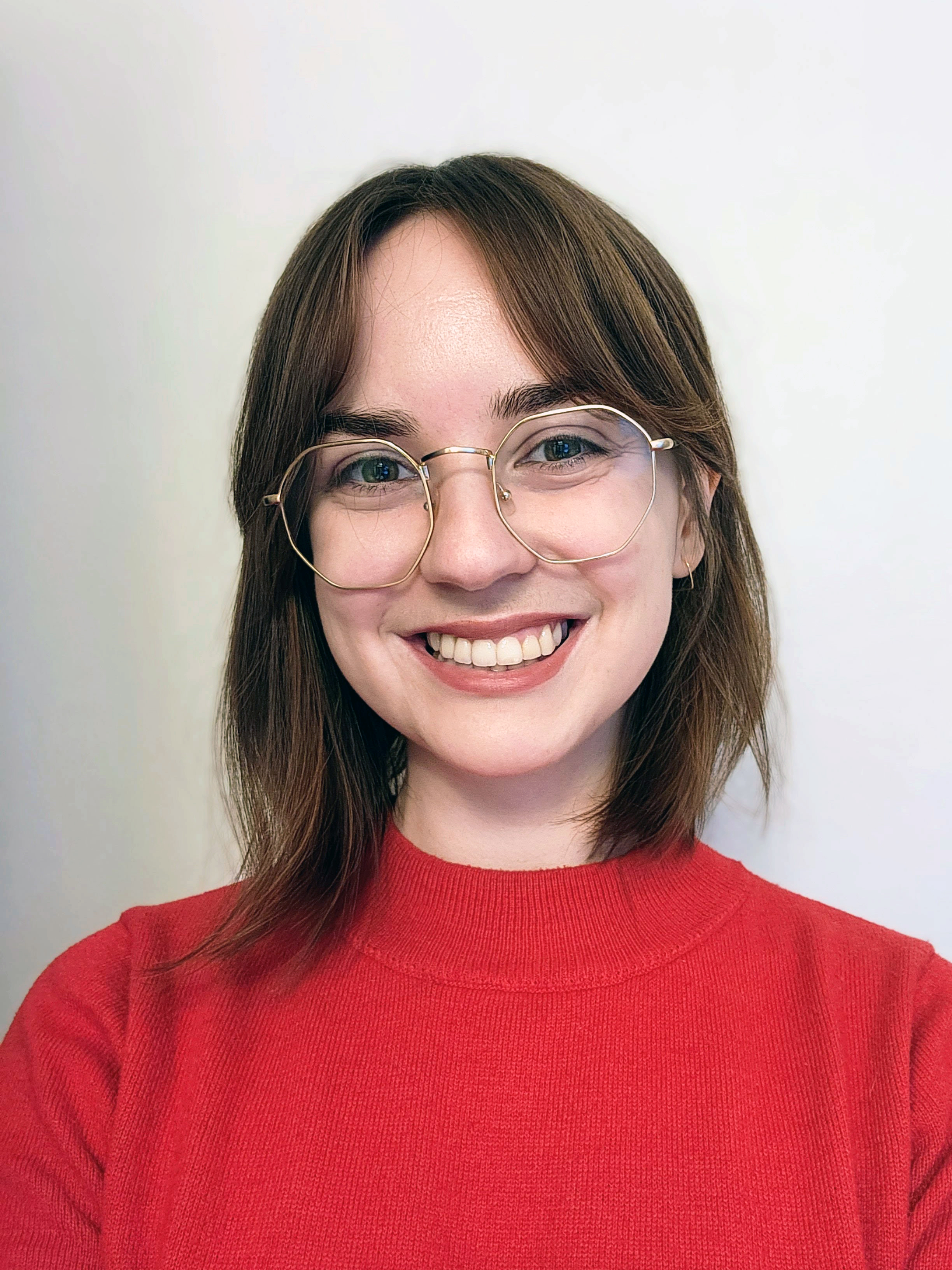
Hayley Carruthers is an artist currently living and making on the unceeded territories of the Coast Salish peoples including the Sḵwx̱wú7mesh (Squamish), Stó:lō and Səl̓ílwətaʔ/Selilwitulh (Tsleil-Waututh), and xʷməθkʷəy̓əm (Musqueam) Nations.
Hayley approaches making as a means of thinking, learning, and questioning. She works primarily in drawing and screenprinting.
Her work takes a speculative approach to reflecting on subjective experiences of mental imagery, perception, and other neural phenomena. Hayley’s work often entangles with ways of understanding from scientific knowledges within neuroscience and engages with histories of scientific renderings that visualize the invisible. In her process, she embraces ambiguity and what can’t be seen –the unknown– as a field of generative inquiry.
Compelled by the wonder and strangeness in her subjective experience of being, Hayley draws upon her own internal space to pull out images from memory and give them a material presence. One of the challenges her work explores is how to resist making the strange familiar –to let these images exist in their strangeness. She uses drawing as a process to perceive the intangible internal moments of her reality, not looking to understand but to wonder -to arrive at more questions. To remember that not everything is as it seems.
Hayley approaches making as a means of thinking, learning, and questioning. She works primarily in drawing and screenprinting.
Her work takes a speculative approach to reflecting on subjective experiences of mental imagery, perception, and other neural phenomena. Hayley’s work often entangles with ways of understanding from scientific knowledges within neuroscience and engages with histories of scientific renderings that visualize the invisible. In her process, she embraces ambiguity and what can’t be seen –the unknown– as a field of generative inquiry.
Compelled by the wonder and strangeness in her subjective experience of being, Hayley draws upon her own internal space to pull out images from memory and give them a material presence. One of the challenges her work explores is how to resist making the strange familiar –to let these images exist in their strangeness. She uses drawing as a process to perceive the intangible internal moments of her reality, not looking to understand but to wonder -to arrive at more questions. To remember that not everything is as it seems.